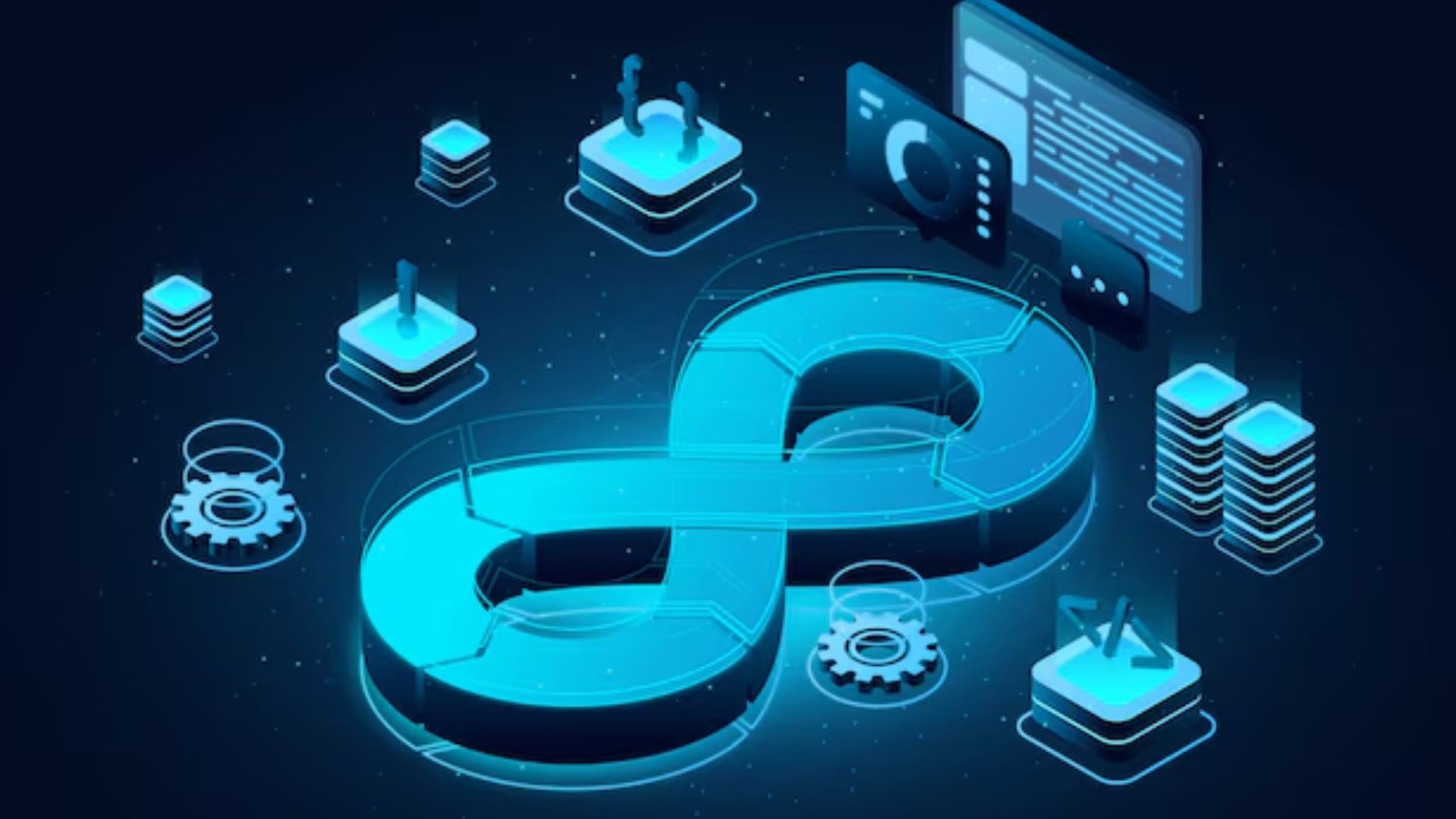

Related Articles

Artificial Intelligence
Praveen Joshi
July 5, 2025
|
|

Artificial Intelligence
Praveen Joshi
July 3, 2025
|
|

Artificial Intelligence
Praveen Joshi
June 30, 2025
|
|

Artificial Intelligence
Praveen Joshi
June 20, 2025
|
|

Artificial Intelligence
Praveen Joshi
June 15, 2025
|
|

AI Tech Solutions
Praveen Joshi
June 10, 2025
|
|

Thought Leadership
Praveen Joshi
June 7, 2025
|
|

Artificial Intelligence
Praveen Joshi
June 7, 2025
|
|

IT Outsourcing
RSK BSL Tech Team
May 23, 2025
|
|

AI Tech Solutions
RSK BSL Tech Team
May 19, 2025
|
|

Software Development
RSK BSL Tech Team
May 16, 2025
|
|

Software Development
RSK BSL Tech Team
May 13, 2025
|
|

IT Outsourcing
RSK BSL Tech Team
May 4, 2025
|
|

Mobile Application Development
RSK BSL Tech Team
April 30, 2025
|
|

Software Development
RSK BSL Tech Team
April 27, 2025
|
|

Hire resources
RSK BSL Tech Team
April 24, 2025
|
What are the different types of offshore software development models?
The exceptional value of offshore software development in today’s worldwide business landscape is the driving force behind its rising popularity. Businesses are using offshore development teams more and more to take advantage of a wide range of talent pools. Plus, it also offers them affordable solutions and continuous productivity.
With this strategy, companies can access specialist knowledge and technological know-how that might not be easily accessible locally. Furthermore, quicker time-to-market made possible by offshore software product development helps businesses maintain their competitiveness in quickly changing markets.
Additionally, modern communication tools enable smooth collaboration, which boosts creativity and shortens project schedules. As businesses realize the benefits of outsourcing software development, it becomes a strategic necessity for maintaining agility.
Different Types of Offshore Software Development Models
Offshore product development models are structured approaches to managing and executing software development projects with teams located in different geographical locations. Several models exist, each offering unique advantages. Here are some prominent types:
Project Outsourcing Model:
- In this model, the entire project is outsourced to an offshore development team.
- It is best suited for projects that are well-defined and have clear requirements.
- The client has minimal involvement in day-to-day activities, focusing more on project outcomes.
Dedicated Development Team Model:
- Companies opt for a dedicated team of offshore developers working exclusively on their project.
- This model offers flexibility, control, and scalability as the client manages the team directly.
Time and Material Model:
- Billing is based on the time spent and resources utilized.
- Ideal for projects with evolving requirements, allowing flexibility in development.
Fixed Price Model:
- The project scope, timelines, and cost are predetermined.
- Suited for well-defined projects with minimal changes expected during development.
Build-Operate-Transfer Model:
- This model begins with outsourcing development to a third-party vendor.
- Over time, the client gains control and eventually transfers the offshore team to an in-house subsidiary.
Offshore Development Center (ODC) Model:
- Establishes a dedicated offshore center for a client with a long-term engagement during offshore software product development projects.
- Offers cost advantages and long-term collaboration, akin to an extended in-house team.
Agile Offshore Model:
- Agile methodologies (e.g., Scrum) are applied to offshore development.
- Iterative development cycles enable flexibility in adapting to changing requirements.
Global Delivery Model:
- Combines onshore, nearshore, and offshore resources to optimize costs and leverage global talent pools.
- Ideal for large-scale projects requiring diverse skill sets.
Hybrid Model:
- A combination of onshore and offshore teams to balance cost efficiency and proximity.
- Allows critical tasks to be handled locally while routine tasks are outsourced.
Each model has its advantages and challenges, and the key is to align the chosen model with the specific needs and goals of the software development project.
How to Choose the Best Offshore Product Development Model?
Choosing the best offshore software development model is a critical decision that depends on various factors. Here are key points to consider when making this choice:
Project Complexity:
- Simple Projects: For well-defined and straightforward projects, a fixed-price model may be suitable.
- Complex Projects: Agile or dedicated development team models allow for flexibility and adaptability.
Project Size and Scope:
- Small Projects: Fixed-price or time and material models may be cost-effective.
- Large Projects: Dedicated development teams or offshore development centers (ODC) provide scalability and long-term commitment.
Budget Constraints:
- Tight Budgets: Fixed-price models provide cost predictability.
- Flexible Budgets: Time and material or hybrid models allow for budget adjustments based on project needs.
Project Timeline:
- Strict Timelines: Fixed-price models with well-defined scopes may be suitable.
- Flexible Timelines: Agile models facilitate iterative development and can accommodate changing timelines.
Client Involvement:
- Minimal Involvement: Project outsourcing models allow clients to focus on outcomes rather than day-to-day operations.
- High Involvement: Dedicated teams or Agile models enable direct client participation and control.
Risk Tolerance:
- Low Risk Tolerance: Fixed-price models with well-defined scopes limit potential risks.
- Higher Risk Tolerance: Time and material models provide flexibility for changes, reducing certain risks.
Long-Term Commitment:
- Short-Term Projects: Fixed-price or time and material models may be suitable.
- Long-Term Projects: ODC or dedicated team models offer sustained collaboration and resource availability.
Communication and Cultural Compatibility:
- Proximity Matters: For projects requiring close communication, nearshore or hybrid models may be beneficial.
- Global Collaboration: For cost-effectiveness and diverse talent, a global delivery model can be considered.
Regulatory Compliance:
- Data Protection Regulations: Consider models that comply with relevant data protection laws and regulations.
Flexibility in Requirements:
- Static Requirements: Fixed-price models work well for projects with minimal changes.
- Dynamic Requirements: Agile models accommodate changes throughout the development process.
Previous Experience:
- Experience with Offshoring: If the organization has prior success with a particular model, it may be wise to stick with what works.
Carefully evaluating these factors will help determine the most suitable offshore software product development model for your specific needs. Plus, it will help to ensure a successful and efficient collaboration with the offshore development outsourcing team.
Praveen Joshi
Praveen is a seasoned IT Solutions Leader and Director at RSK Business Solutions, a technology-driven IT Consulting Company that specializes in Bespoke Software Development, Agile Consulting, Mobile App Development, Smart Sourcing, and much more. For the last 17 years, he has been delivering quality custom IT solutions that help businesses achieve their goals.

 Share
Share Post
Post Tweet
Tweet Copy
Copy


